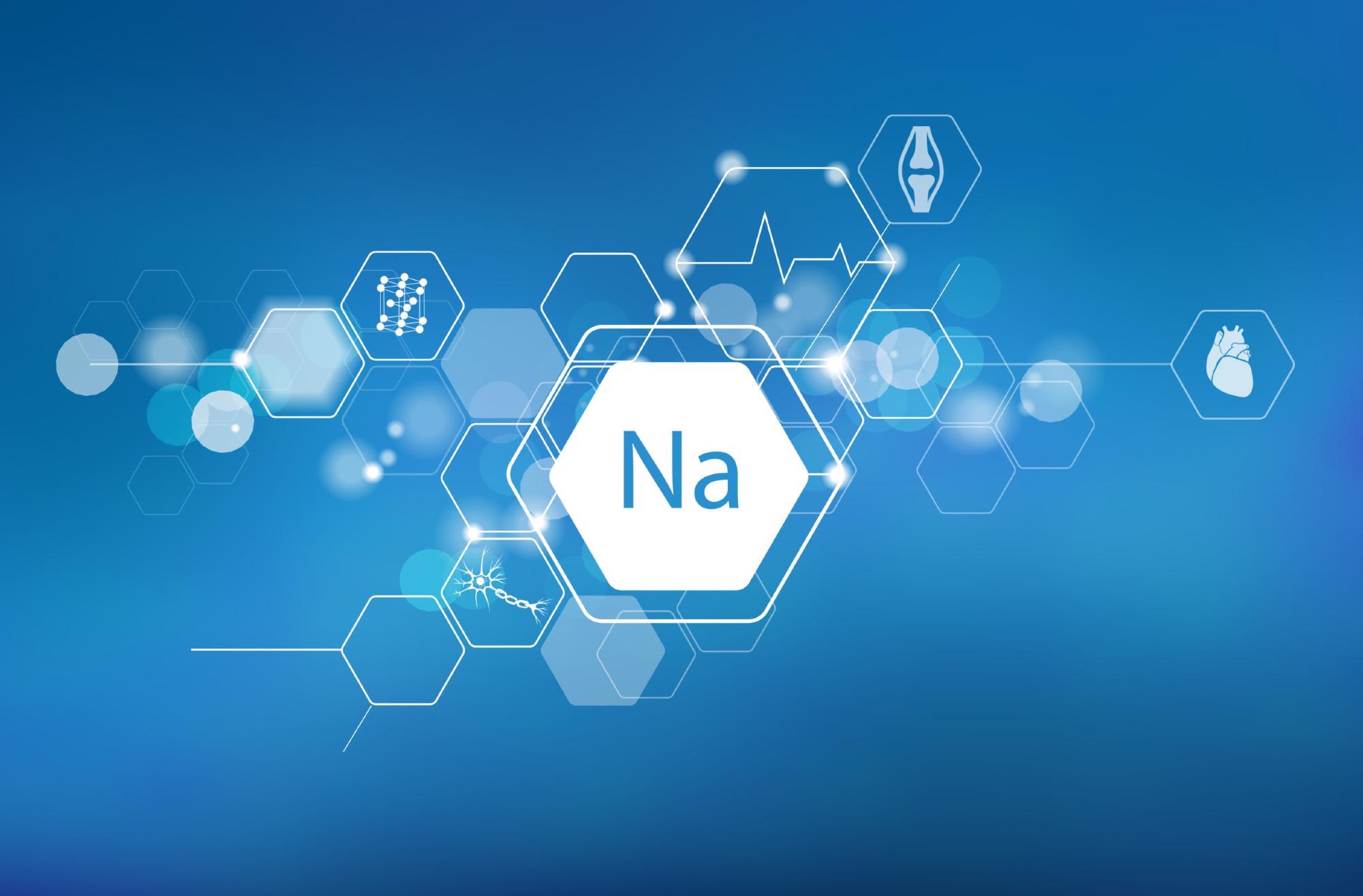As per the research published in the journal Ceramics International, a new microwave absorption substance, sodium cobaltates (Na0.78CoO2), was produced via a solid-state process and showed excellent electromagnetic attenuation.

Study: Na0.78CoO2 as a novel microwave absorbing material. Image Credit: Sadovnikova Olga/Shutterstock.com
Microwave Absorbing Materials
Microwave absorbing materials have recently gained popularity due to their prospective usage in industrial applications such as stealth and electromagnetic interference (EMI) technology. As microwave absorbers, two substances are commonly utilized: dielectric and magnetic substances such as carbon-based compounds, magnetite, magnetized metal alloys, and polymer materials. There are three basic methods for electromagnetic wave dispersion: magnetic loss, polarization loss, and conduction loss.
Processes for Enhancing Effectiveness
Two ways are often used to increase the effectiveness of microwave absorbers. One goal is to improve the beneficial influence of several magnetic wave dissipative methods. Furthermore, modifying the morphology of the absorbent, such as filament, nanotube, nano-torus, and yolk-shell nanostructures, is another way to increase its effectiveness. The disadvantages of this technique include the difficult sample preparations and finite numbers, which significantly limit the actual industrial uses of relevant items.
Importance of the Novel Substance Na0.87CoO2
A highly effective microwave absorber often satisfies the characteristics of absorption coefficient, thin width, lightweight, and a wide efficient absorption frequency. For actual commercial processes, absorbent production should be simple and batch-compatible. Na0.78CoO2 ceramics is a piezoelectric and conductor substance that demonstrates electrical properties, laying the conceptual groundwork for its employment as a pyramidal microwave. Furthermore, its complex structure and inherent faults (oxygen vacancy) will provide routes for electromagnetic absorption.
Sodium-Based Material Could Be a Stable Substitute to Li-Ion Batteries
This study advanced the use of Na0.78CoO2 ceramic as a unique microwave absorber with major benefits such as high absorption, thin density (1.5 mm), wide practical absorbent frequency (3.1 GHz), and processability.
Research Findings
When the X-ray diffraction (XRD) pattern and morphology of produced Na0.78CoO2 powder were opposed to ordinary XRD spectra, it was discovered that the Na0.78CoO2 powder crystallizes into a hexagonal structure with P63/mmc space group. The layers of CoO2 and Na ion were alternatively organized along the C axis, as is customary for layered structures. The Na ion layer stores electricity for the CoO2 layer and preserves crystal structure stability.
When the concentration of Na0.78CoO2 is less than 60% wt, the comparatively complicated permeability of the composites steadily improves. The relative complex permittivity of a composite containing 60 wt% percent Na0.78CoO2 is much higher than that of a composite containing 50 wt% percent Na0.78CoO2.
According to the Debye relaxation concept, comparative complex transmittance is inversely proportional to frequency, resulting in frequency dispersion of relative permittivity in the examined composite. The dielectric loss tangent was also investigated as a significant indicator of magnetic breakdown characteristics. Its fluctuations were comparable to those of comparative dielectric properties as a function of frequency and Na0.78CoO2 concentration. When the concentration of Na0.78CoO2 is up to 60% wt, the greatest dielectric loss tangent is around 0.6. Furthermore, there are resonant peaks in the dielectric loss curve that result from polarization relaxation.
From various specimens, it became clear that the compound containing 50 wt % percent Na0.78CoO2 had the highest energy absorption capabilities. When the sample thickness is 2.41 mm, the lowest reflection loss is approximately -51.7 dB at a frequency of 8.2 GHz.
Although the compound with 60% Na0.78CoO2 has the highest absorption ratios, its low - resistance fitting ability results in an inadequate microwave absorbing characteristic. In comparison, the composite containing 50% Na0.78CoO2 has greater microwave absorption properties due to the equilibrium of input impedance. Because of the appropriate impedance matching characteristic and retardation characteristics, the composite containing 50 wt % percent Na0.78CoO2 had the greatest effective absorption frequency. When the depth was just 1.5 mm, its effective absorption bandwidths varied from 12.5 to 15.6 GHz. It was discovered that Na0.78CoO2 is a thin and powerful absorber.
In summary, the Na0.78CoO2 powder is produced using a typical solid-state reaction process, and for the first time, the dielectric and microwave absorption characteristics of paraffin-matrix hybrids with varying Na0.78CoO2 concentrations are investigated as a novel microwave absorber.
Further Reading
Wu, P., He, W. & Guo, H., 2021. Na0.78CoO2 as a novel microwave absorbing material. Ceramics International. Available at: https://www.sciencedirect.com/science/article/pii/S0272884221041043?via%3Dihub
Disclaimer: The views expressed here are those of the author expressed in their private capacity and do not necessarily represent the views of AZoM.com Limited T/A AZoNetwork the owner and operator of this website. This disclaimer forms part of the Terms and conditions of use of this website.